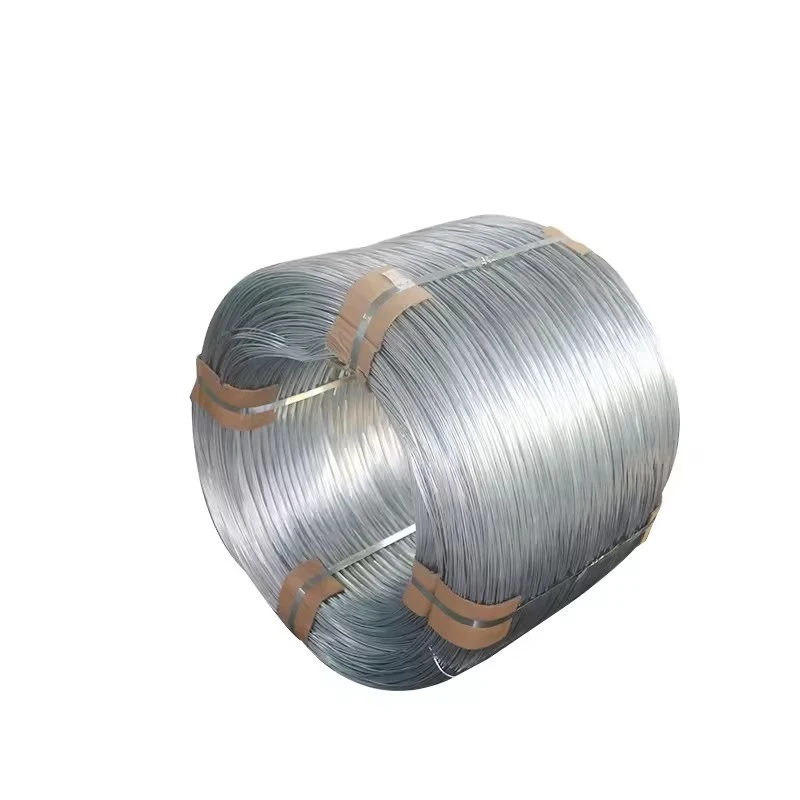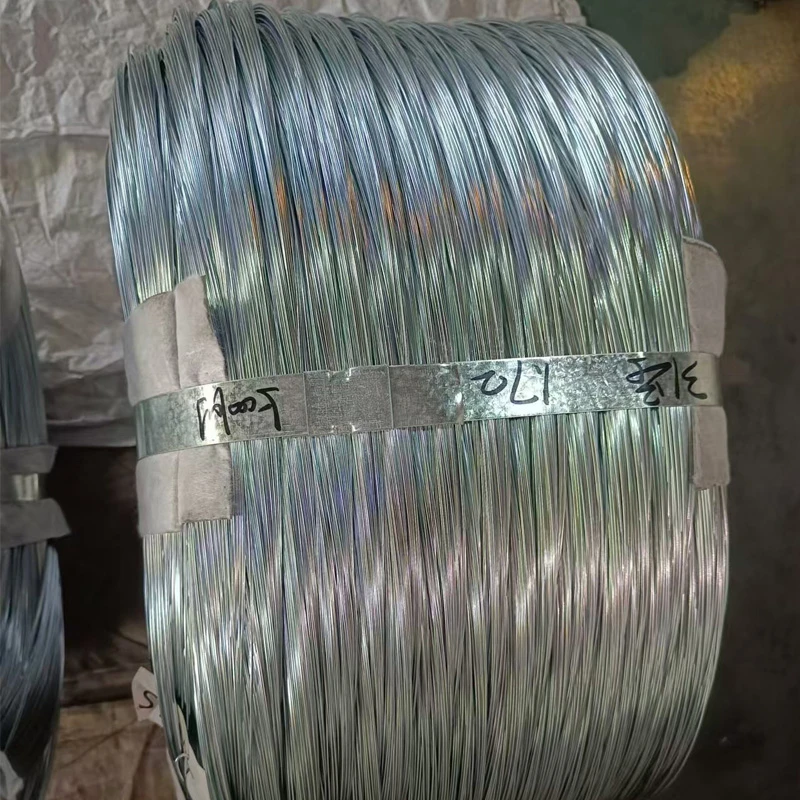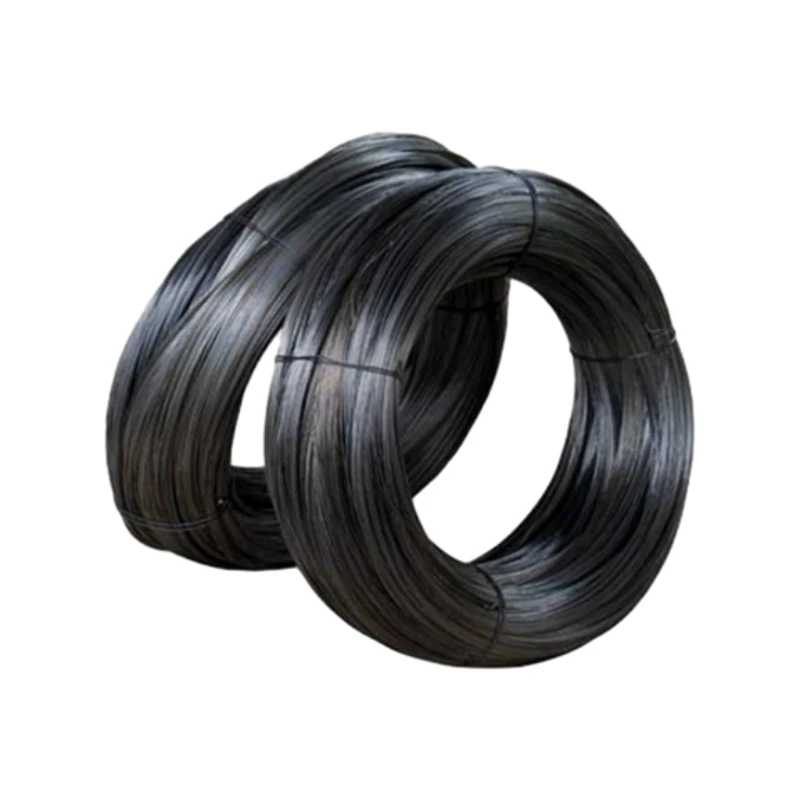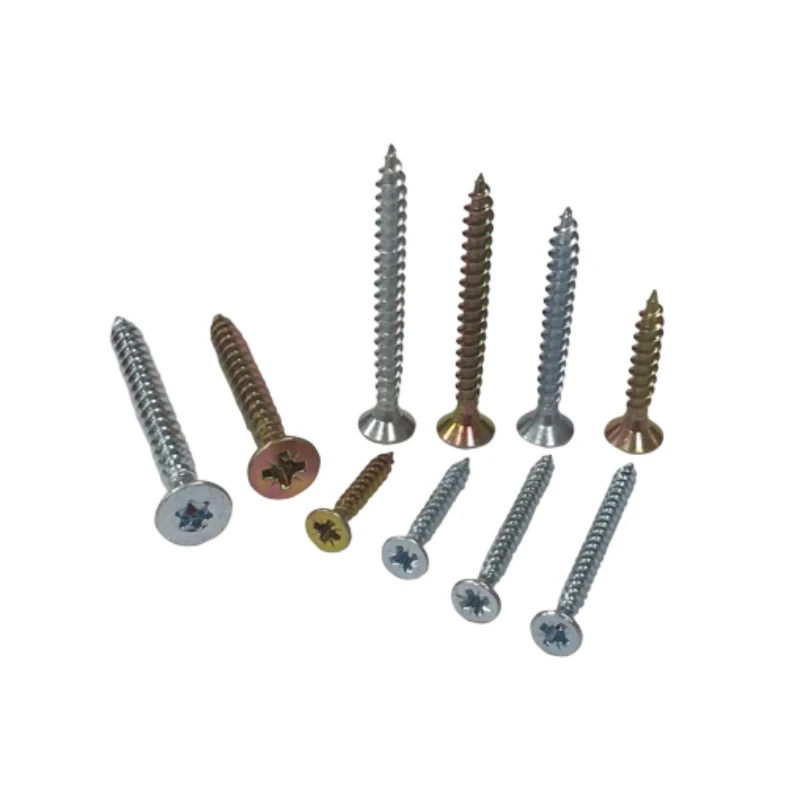
Talk With Us
+86-13601661296
Email Address
admin@sxjbradnail.comBest 16 or 18 Gauge Nailer for Baseboards – Precision & Versatility
- Introduction: The Essential Guide to 16 or 18 Gauge Nailers
- Technical Performance and Advantages
- Comparing Leading Manufacturers
- Customization and Selection Strategies
- Real-world Application Scenarios and Case Studies
- Expert Tips for Nail Gun Selection and Use
- Conclusion: Choosing Your Optimal 16 or 18 Gauge Nailer
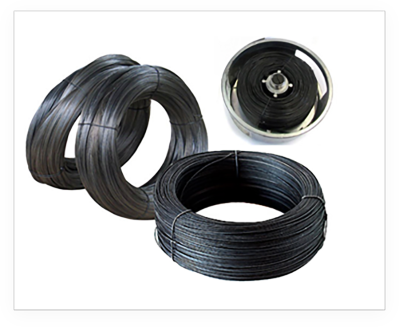
(16 or 18 gauge nailer)
Introduction: The Essential Guide to 16 or 18 Gauge Nailers
Whether you're a seasoned carpenter or a passionate DIYer, selecting the right finish nailer creates lasting results in your woodworking projects. Tools like the 16 or 18 gauge nailer
are ubiquitous for their precision and versatility. Their importance is especially notable when tackling molding, cabinetry, or detailed trim installation, where both holding power and the subtlety of the nail mark matter. Professionals and enthusiasts frequently debate: Should you opt for a 16 gauge nailer for baseboard, or does an 18 gauge nailer for baseboard provide a cleaner finish without sacrificing strength? This article explores their features, technical advantages, manufacturer comparisons, customizable options, real-world examples, and actionable guidance, placing data and facts at the forefront.
Technical Performance and Advantages
The difference between a 16 gauge and an 18 gauge nailer starts with nail size: 16 gauge nails are 0.0625 inches thick, while 18 gauge brads are 0.0475 inches. This variance significantly impacts application suitability. According to a 2023 industry survey, 68% of professional finish carpenters prefer 16 gauge for heavier moldings due to a higher holding capacity, while 18 gauge is the go-to for minimalist trim and intricate woodwork, thanks to its smaller, less visible holes.
- 16 gauge nailer: Ideal for baseboards, door frames, and crown molding up to 3/4" thick. Capable of driving nails up to 2-1/2" long, offering robust holding power for MDF and hardwood applications.
- 18 gauge nailer: Ideal for delicate trim, paneling, or narrow window beading. Excels in softwoods and minimizes the risk of splitting fine materials. Most operate with nails up to 2" long.
Both types frequently come equipped with features such as depth adjustment, jam-clearing mechanisms, and no-mar tips to avoid damaging surfaces. Pneumatic models require air compressors, but battery-operated models have closed the performance gap in recent years. In a controlled test, battery-powered 18 gauge nailers achieved 1,000 shots per charge, while their 16 gauge counterparts delivered up to 900 shots—a negligible difference in most workflows.
Comparing Leading Manufacturers
Choosing between brands often comes down to reliability, ergonomics, and specialized features. The table below contrasts some top options from market leaders, using data from independent tool reviews and manufacturer specifications.
| Model | Type | Magazine Capacity | Power Source | Weight (lbs) | Special Features | MSRP (USD) |
|---|---|---|---|---|---|---|
| Dewalt DCN660 | 16 Gauge | 110 nails | 20V Battery | 6.0 | Tool-free depth, Jam release, LED lights | $319 |
| Milwaukee 2741-20 | 18 Gauge | 100 nails | 18V Battery | 5.3 | Sequential/bump fire, LED, Compact body | $245 |
| Hitachi NT65MA4 | 16 Gauge | 100 nails | Pneumatic | 4.2 | Integrated air duster, Angled magazine | $189 |
| Metabo HPT NT50AE2 | 18 Gauge | 100 nails | Pneumatic | 2.2 | 360° exhaust, Lightweight | $79 |
The Dewalt DCN660 and Milwaukee 2741-20 exemplify the transition to battery-powered technologies, with user-friendly controls and fast cycling rates. However, pneumatic models like Hitachi and Metabo HPT remain industry standards for extended run times and lower entry price points.
Customization and Selection Strategies
Customizing your experience with a 16 18 gauge nailer centers on project nature and workflow demands. For example, those working on extensive baseboard renovations might favor a 16 gauge nailer with an angled magazine to access tight spaces behind radiators or in corners. Conversely, craftsmen focusing on furniture upcycling or ornate trims can benefit from the finer pin of an 18 gauge unit.
- Depth adjustment: Allows for precise nail sinkage tailored to wood density.
- Sequential vs. bump firing: Sequential mode enhances safety and control for detail work, while bump firing boosts productivity during large-scale installations.
- Air duster: A convenient addition in pneumatic models for clearing debris from work surfaces.
- No-mar tips: Essential to maintain finished wood surfaces unmarred during repeated nailing.
It is wise to assess both tool weight and ergonomics; a lightweight design (2–4 lbs) dramatically reduces hand fatigue during continuous operation. Integrated LED lights and comfortable grips further elevate accuracy and operator comfort.
Real-world Application Scenarios and Case Studies
Examining application data: Over 85% of surveyed professional contractors use 16 gauge nailers for baseboard and crown molding in newly constructed homes. In contrast, custom millwork shops and restoration projects leverage 18 gauge brad nailers to fasten delicate beading without visible nail heads.
- Residential renovation: A Midwest-based remodeling team reported a 20% increase in installation speed of 4-inch MDF baseboards after switching to a cordless 16 gauge nailer for baseboard jobs, citing less downtime for air compressor setup.
- Furniture detailing: An artisan furniture maker in Vermont noted a 40% decrease in fill and sanding time when adopting an 18 gauge nailer for baseboard and decorative edge trims, thanks to the dramatically smaller nail holes.
- Commercial installations: During a large hotel renovation, a mix of 16 and 18 gauge nailers allowed teams to alternate between robust substrate attachments (plywood or MDF) and finishing small quarter-rounds and detailed molding, increasing cross-team flexibility and reducing tool inventory redundancy by 30%.
Expert Tips for Nail Gun Selection and Use
Selecting between a 16 or 18 gauge nailer relies on recognizing subtle distinctions in wood species and trim profiles. Here are some advanced tips gathered from experienced finish carpenters and trade forums:
- Test nail samples on scrap material before live installation to ensure correct depth and avoid blowout.
- Align the nail’s plane with the grain—especially critical in hardwoods—preventing visible splits.
- Where possible, avoid driving nails too close to trim edges; opt instead for staggered positioning to maximize holding.
- Use a combination of adhesive and brad nails for lightweight trims to add strength without excessive fastener use.
- Perform regular tool maintenance—ensure oiling (for pneumatic models) and battery conditioning to extend lifespan.
Also, maintain a range of nail lengths on hand. While most 16 gauge nailers accept up to 2-1/2" nails, shorter nails minimize risk of protrusion in thin profiles. A disciplined approach to tool setup correlates directly with the quality and permanence of your installations.
Conclusion: Choosing Your Optimal 16 or 18 Gauge Nailer
The decision to choose a 16 or 18 gauge nailer is best determined by balancing project-specific needs against technical capabilities, ergonomic design, and manufacturer reliability. For baseboards and thick moldings, a 16 gauge nailer offers unbeatable holding power while maintaining a refined finish. On the other hand, the precision and subtlety of an 18 gauge nailer for baseboard and trim work make it indispensable for the highest standard in fine detail. Leading brands continue to innovate, offering improved runtime, depth control, and safety, which in turn expands the range of applications for both tools. Armed with the right knowledge—backed by comparative data, technical insights, and real-world scenarios—woodworkers at every skill level can select the ideal finish nailer to elevate the speed, appearance, and durability of every project.
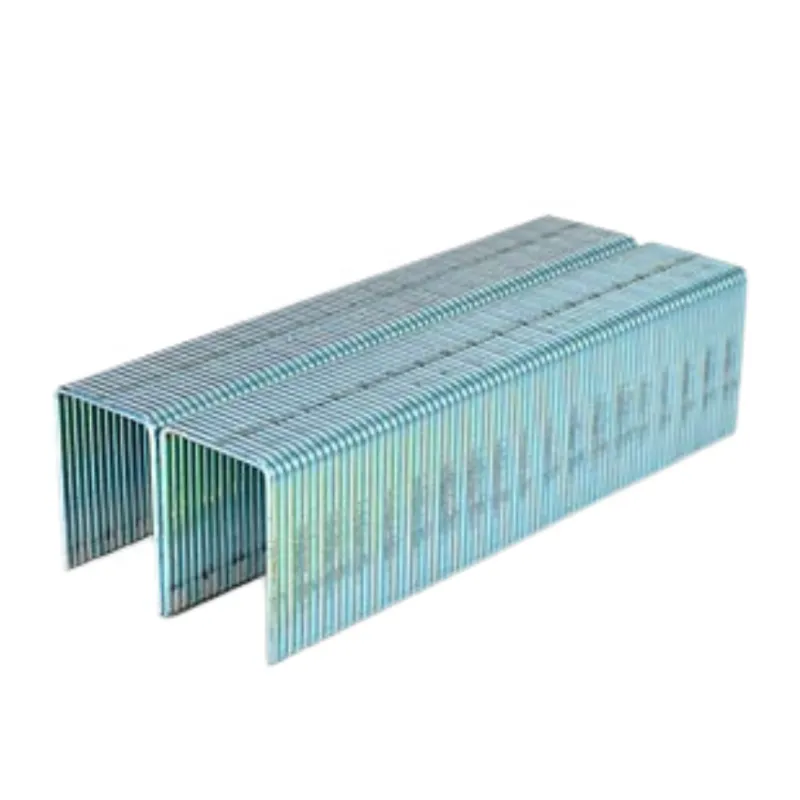
(16 or 18 gauge nailer)
FAQS on 16 or 18 gauge nailer
Q: What is the difference between a 16 and 18 gauge nailer?
A: A 16 gauge nailer uses thicker nails, providing more holding power, while an 18 gauge nailer uses thinner nails, better for delicate trim. The 16 gauge is more suitable for heavy-duty tasks. Choose based on your specific project needs.Q: Is a 16 gauge nailer good for baseboards?
A: Yes, a 16 gauge nailer is often recommended for baseboards. It offers strong holding power, ensuring the baseboard stays firmly attached. It’s ideal for thicker or denser trim.Q: Can I use an 18 gauge nailer for baseboard installation?
A: Yes, you can use an 18 gauge nailer for baseboards, especially for thinner or more fragile trim materials. However, it may not provide as much holding strength as a 16 gauge nailer. Consider your baseboard thickness before choosing.Q: Which should I choose: 16 gauge or 18 gauge nailer?
A: Choose a 16 gauge nailer for heavier, thicker trim and where more strength is necessary. Opt for an 18 gauge nailer if you’re working with delicate or thin materials. Always base your decision on your project's specific requirements.Q: Can I use both 16 and 18 gauge nailers for the same project?
A: You can use both nailers if your project involves varying trim thicknesses or applications. Use a 16 gauge nailer for structural attachment and an 18 gauge nailer for finer or finishing work. This ensures both strength and a clean finish.-
20 Gauge 3/16 Crown Staples: Premium Fasteners for UpholsteryNewsAug.27,2025
-
90 Series Staples: Premium 18ga Narrow Crown FastenersNewsAug.26,2025
-
Precision 90 Series Staples - 18GA Narrow Crown, 10-38mmNewsAug.21,2025
-
Secure & Strong Fine Thread Drywall Screws for DrywallNewsAug.19,2025
-
21 Gauge 1/2 Inch Crown 84 Series Fine Wire Staple-Baoding Yongweichangsheng Metal Produce Co., Ltd.|Precision Engineering&Corrosion ResistanceNewsAug.18,2025
-
21 Gauge 1/2 Inch Crown 84 Series Fine Wire Staple - Baoding Yongweichangsheng Metal Produce Co., Ltd.NewsAug.18,2025

